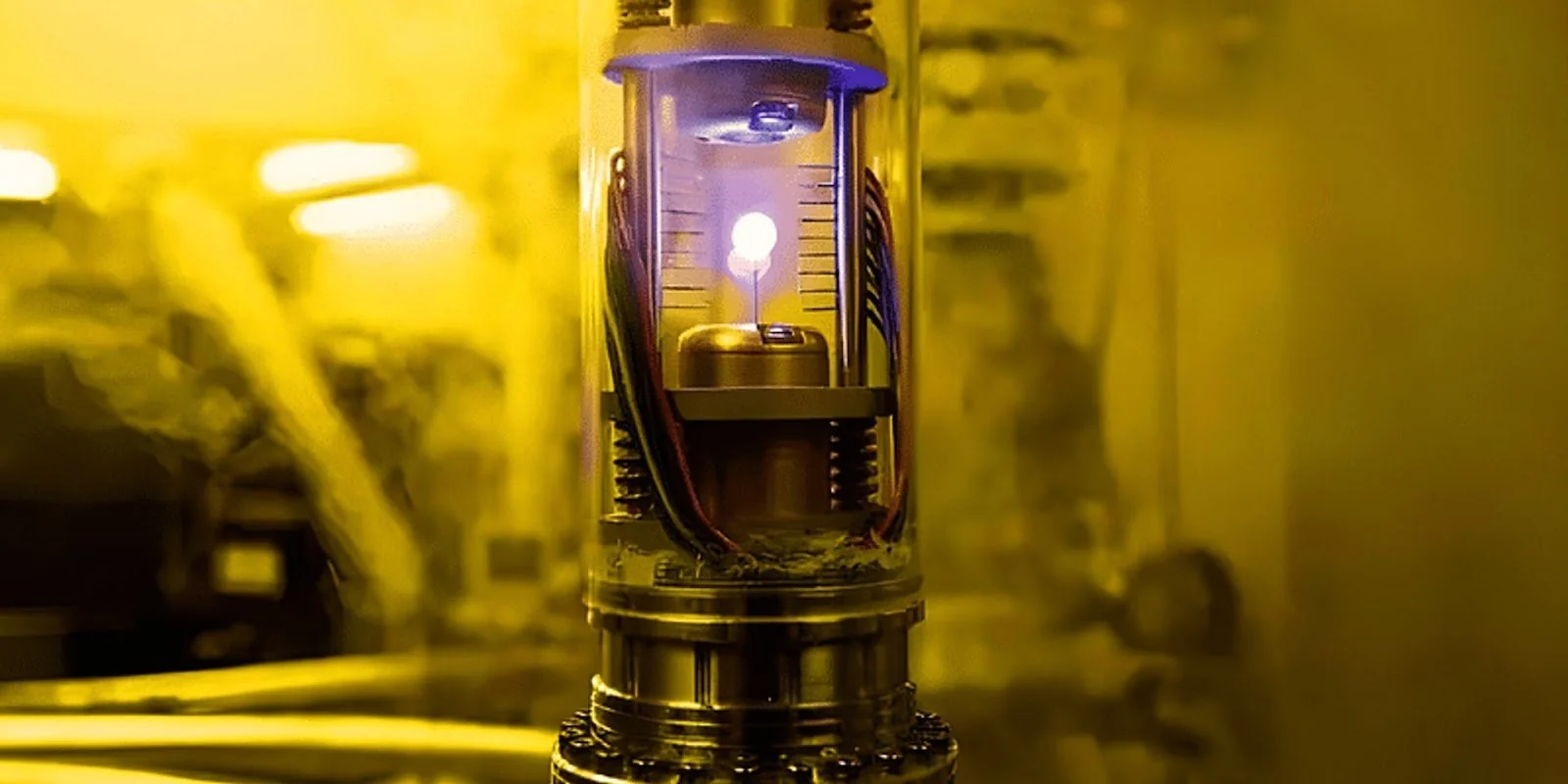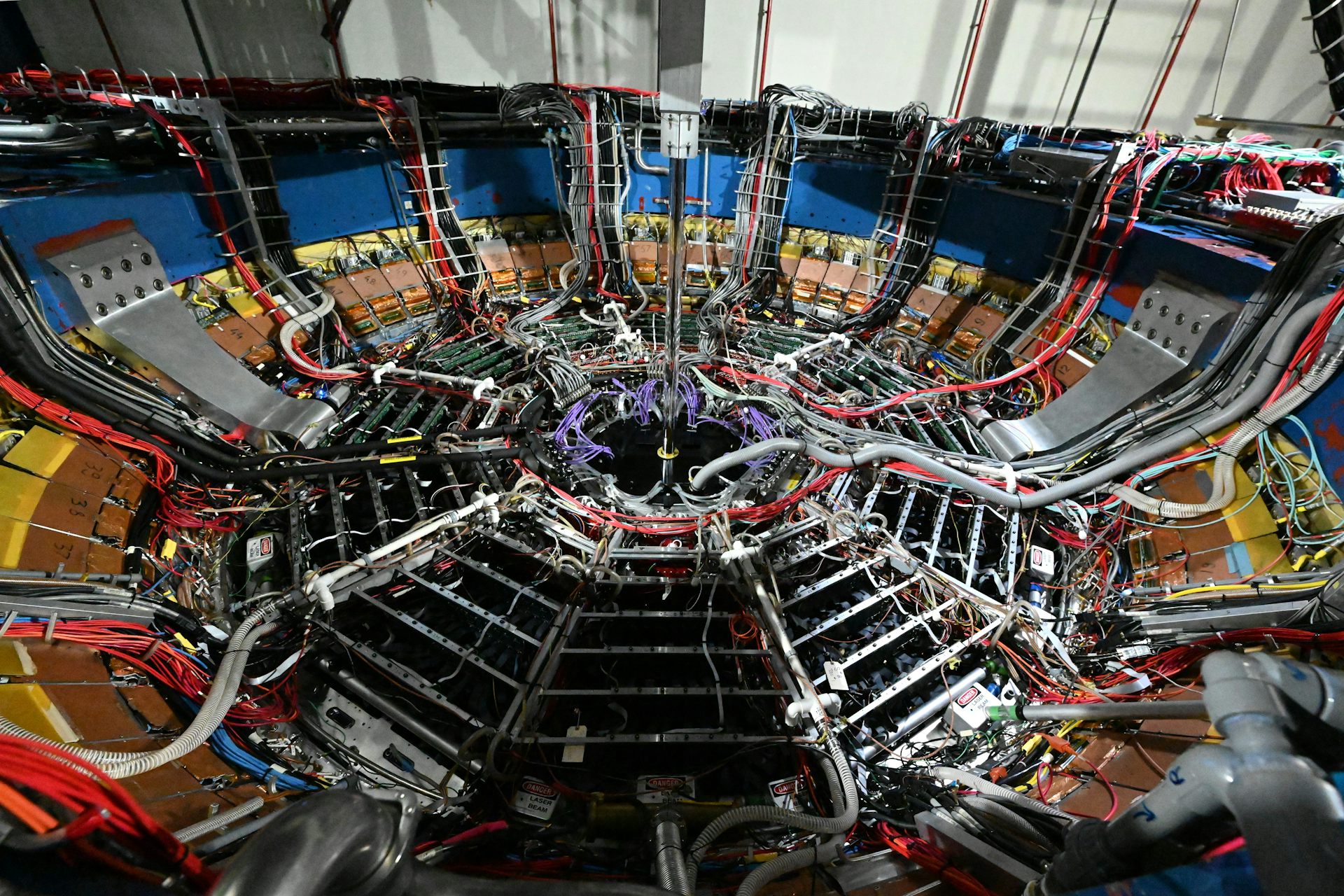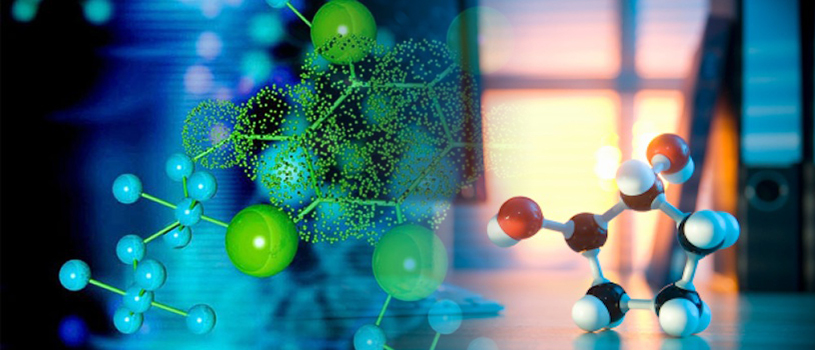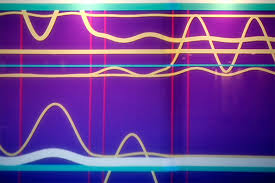
The experiment successfully transported a box filled with unbonded protons across CERN’s main site, thus demonstrating that the same feat could later be possible for antiprotons.

In experiments at the Brookhaven National Lab in the US, an international team of physicists has detected the heaviest “anti-nuclei” ever seen.

Teams of physicists at CERN and the University of Tokyo have both taken a major step forward towards understanding a flighty, short-lived particle.

Just one gram of antimatter could generate an explosion equivalent to a nuclear bomb. It's that kind of energy, some say, that could boldly take us where no one has gone before at record speed.

Neutron stars are one possible suspect responsible for an abundance of positrons in the Milky Way. Now astronomers have caught one red handed.

The mysterious dark photon will be hunted by the Positron Annihilation into Dark Matter Experiment (PADME) in Italy, which will start collecting data in the next couple of weeks.

For the first time, physicists at CERN have observed a benchmark atomic energy transition in anithydrogen, a major step toward cooling and manipulating the basic form of antimatter.

Researchers have found a way to accelerate antimatter in a 1000x smaller space than current accelerators, boosting the science of exotic particles.

Astronomers think that Earth is showered by 'anti-electrons' because of pulsars, but there are more of these particles coming at us than there should be.

Antimatter is at the heart of one of the great mysteries in modern physics — why our universe has stuff in it.

The first measurement of the interaction between antiprotons - the antimatter equivalent of protons - has been completed by an international team of physicists working at the Relativistic Heavy Ion Collider (RHIC) at Brookhaven National Laboratory in New York.

Using breakthrough techniques on some of the world

Researchers have devised a proposal for the first conclusive experimental test of a phenomenon known as
This is the first time anti-matter has been created and stored in a stable long-lasting state. It is hoped the breakthrough could help us to understand the composition of the universe.
NASA's Fermi Gamma-ray Space Telescope has detected beams of antimatter launched by thunderstorms. Acting like enormous particle accelerators, the storms can emit gamma-ray flashes, called TGFs, and high-energy electrons and positrons. Scientists now think that most TGFs produce particle beams and antimatter.